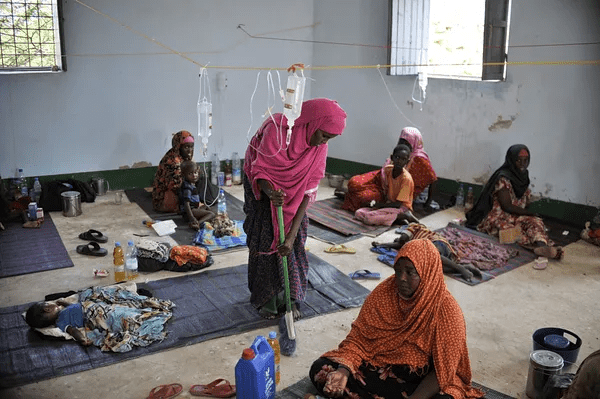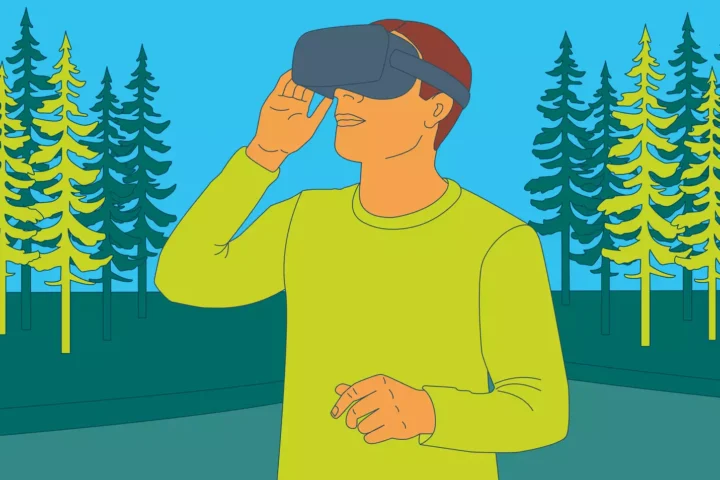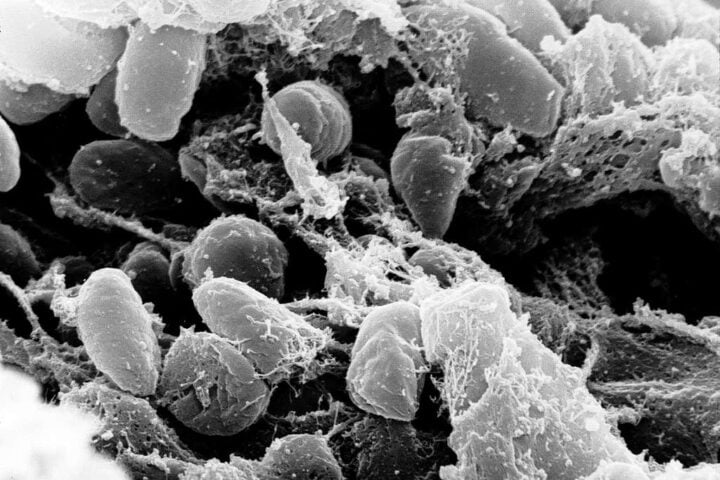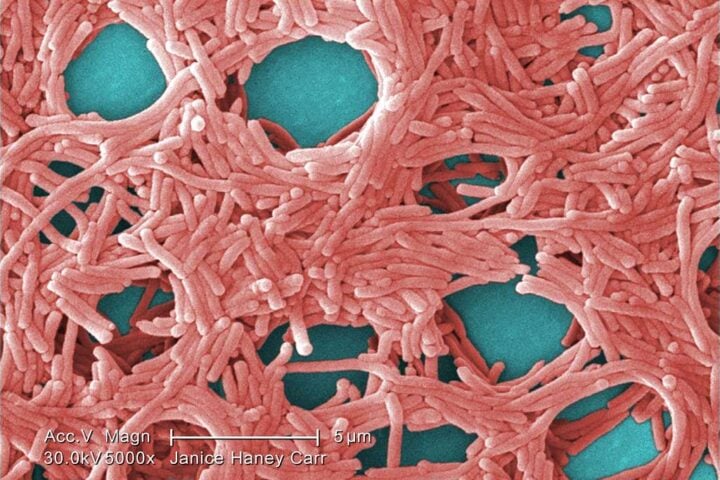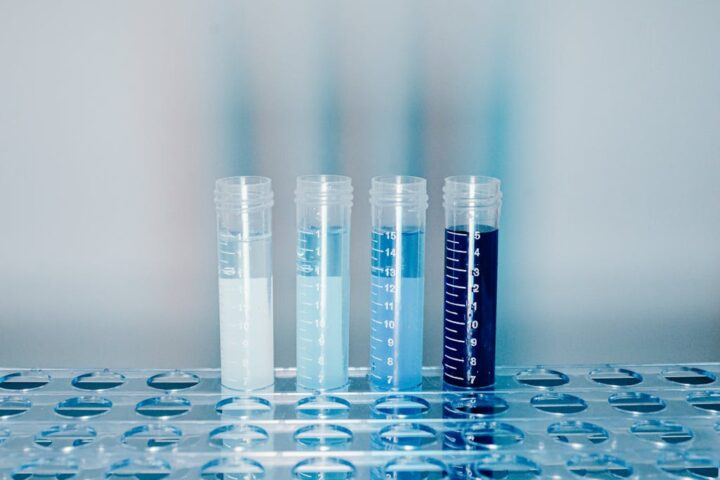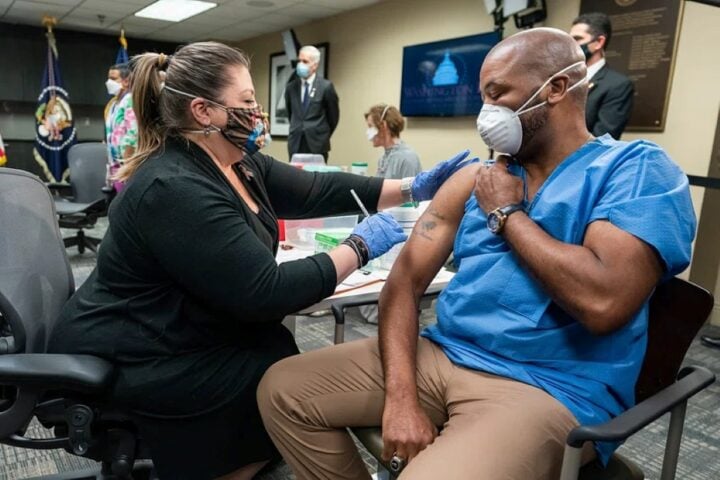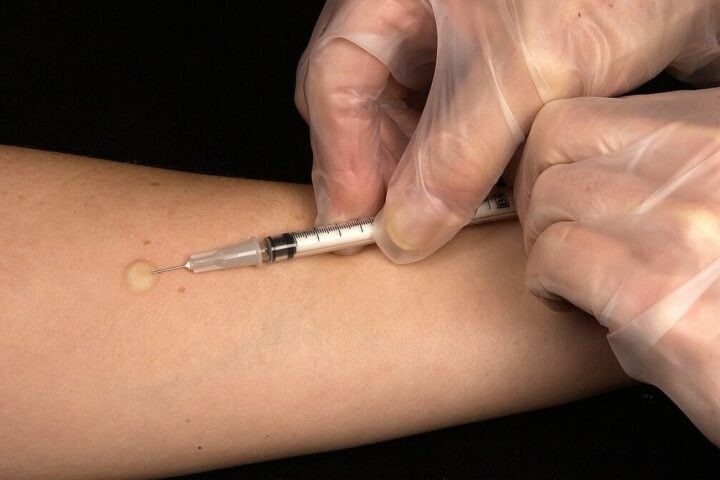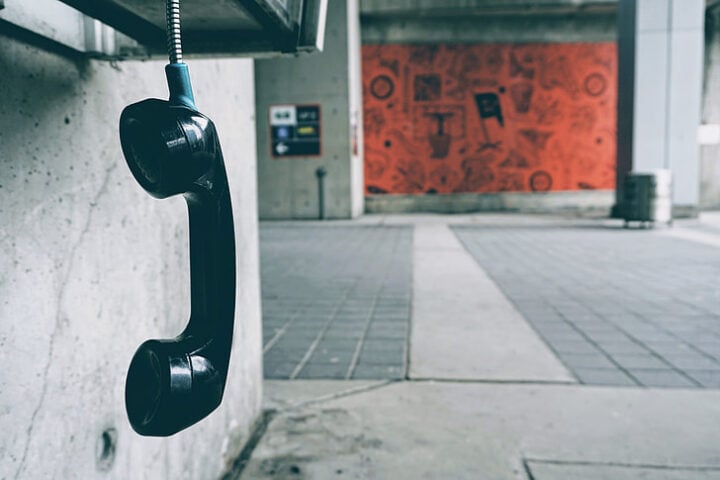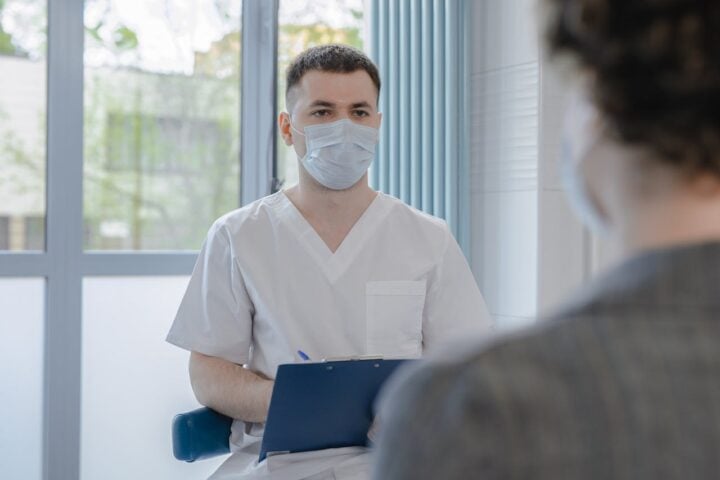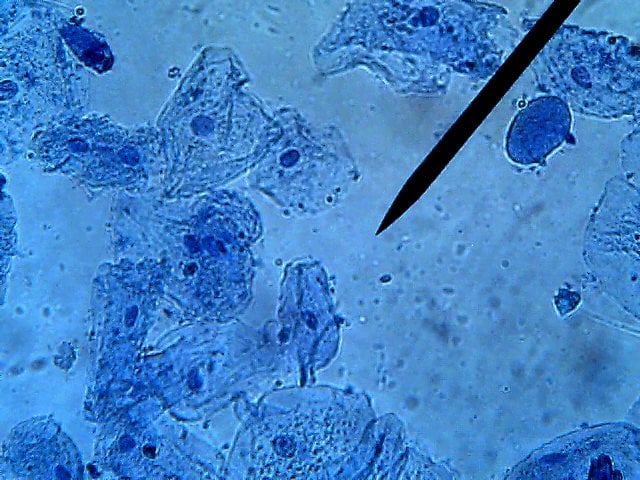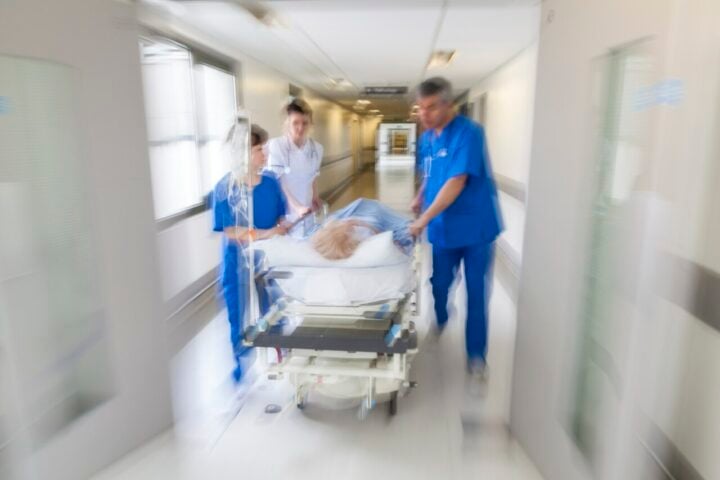When we think of healthcare facilities, we tend to think of sanitized spaces smelling of disinfectants. This idea is a far dream for more than 3.85 billion people all over the world. A new report by the Joint Monitoring Program has revealed that at least half of all the health facilities around the world lack access to these hygienic conditions. The most basic services such as water, soap, or alcoholic sanitizers are lacking. This report was published by the WHO in conjunction with UNICEF. They found that the lack of hygienic conditions puts the patients who use the facilities at risk of developing infections. Their report also talks about more than 688 million who receive their care where there are no services to cater to hygiene. These patients are at a much higher risk of infection every time they use their health care
services.
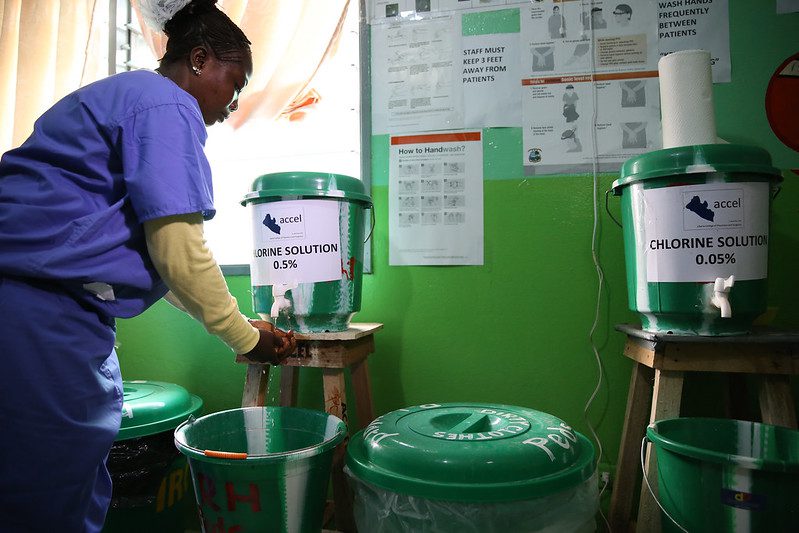
After surveilling the lack of hygienic facilities, WHO Director Dr. Maria Neira stated her concern over the issue. She is a firm believer that basic sanitation and hygiene should be non-negotiable in healthcare spaces. She calls for increased investments in these facilities and encourages the states part of the UN to dedicate themselves to this urgent need. In line with her rhetoric, the past few years have seen an increase in awareness about the importance of monitoring services. The latest report established where the global community stands on access to toilets and other hygiene services in various health care facilities. This data is now surveilled from 40 countries, a significant rise from the 21 countries previously available. This documents about 35% of global citizenship.
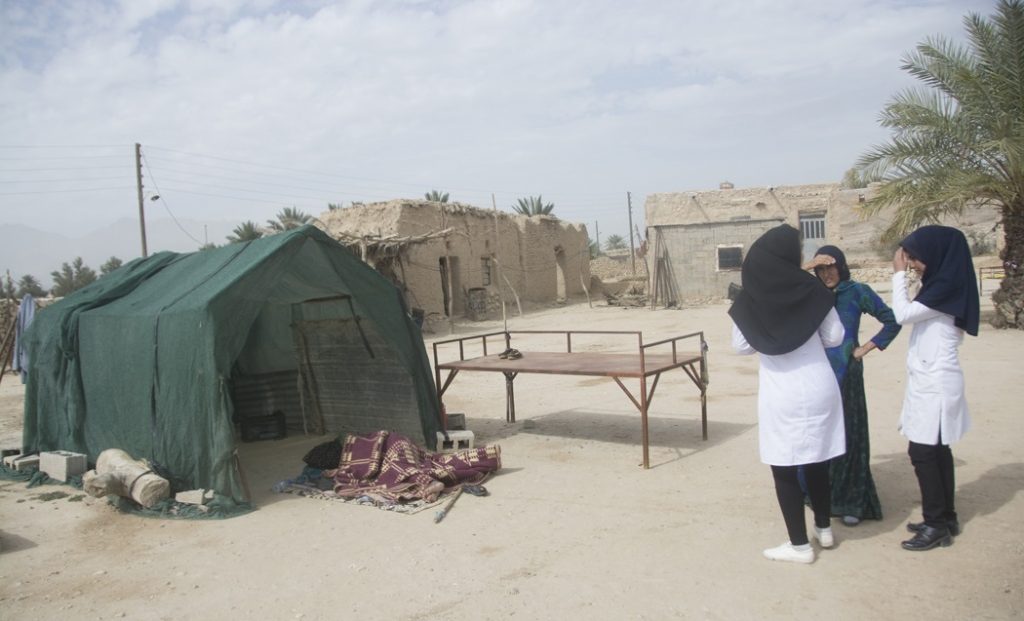
Unfortunately, this new data has just revealed how far behind the world is concerning this new crisis of hygiene. According to the regulations set by international bodies, a health care facility must have both hygiene facilities and handwashing facilities with water and soap to meet the basic criteria. The report revealed that only 51% of all facilities met this criterion. If only as a silver lining, it is true that 68% of all the facilities had hygiene stations and 65% had handwashing stations, but these still don’t meet the basic criteria. What’s worse is the fact that 9% of all the health care facilities had neither of these stations.
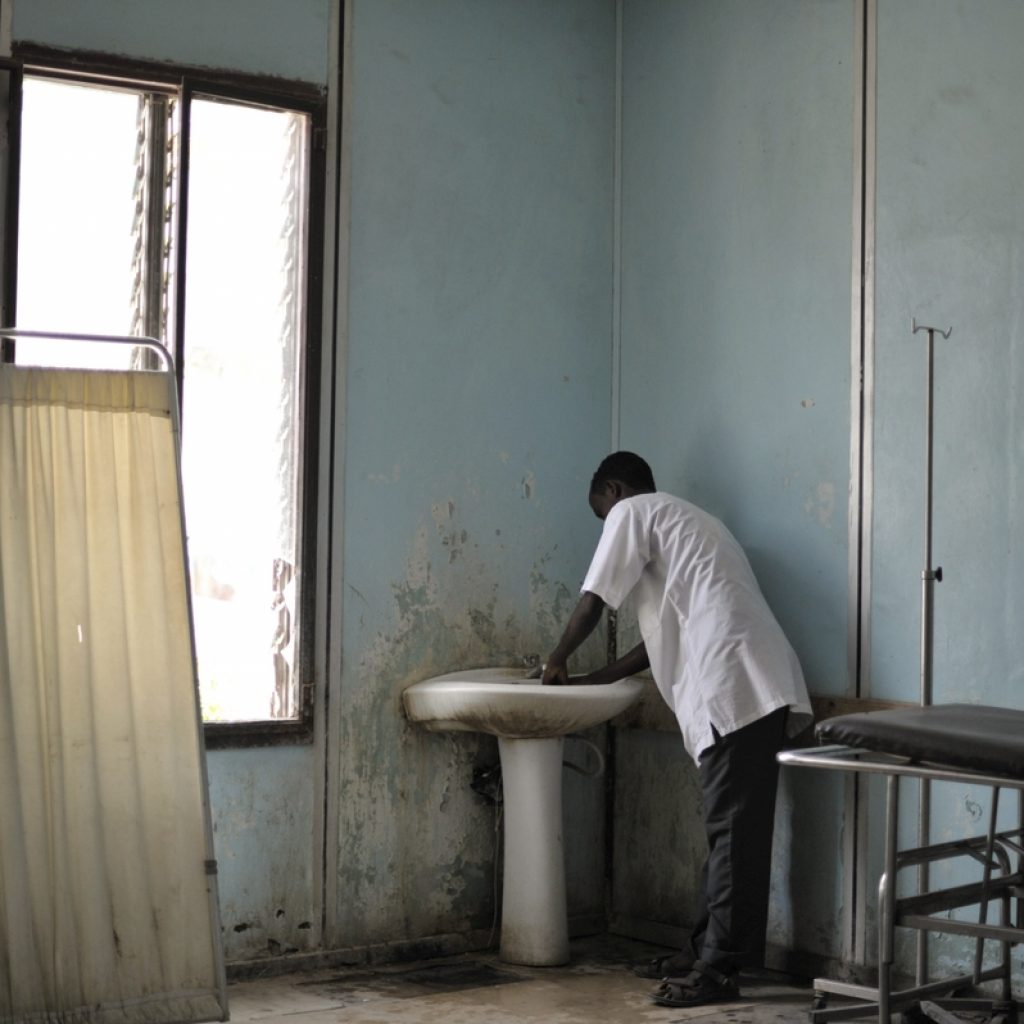
Kelly Ann Naylor, UNICEF Director of WASH and Climate, Environment, Energy, and Disaster Risk Reduction (CEED) said “If health care providers don’t have access to a hygiene service, patients don’t have a health care facility,… Hospitals and clinics without safe water and basic hygiene and sanitation services are a potential death trap for pregnant mothers, newborns, and children. Every year, around 670 000 newborns lose their lives to sepsis. This is a travesty – even more so as their deaths are preventable.”
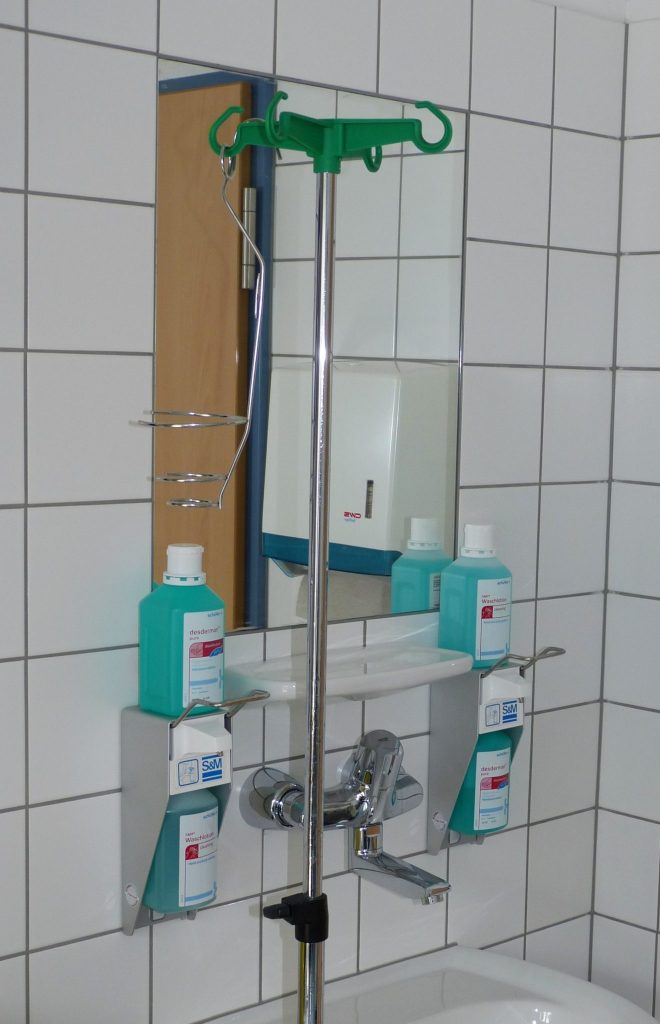
As per the report below are some grim details of the current situation of health facilities
- Facilities in sub-Saharan Africa are lagging on hygiene services. While three-quarters (73%) of health care facilities in the region overall have alcohol-based hand rub or water and soap at points of care, only one-third (37%) have handwashing facilities with water and soap at toilets. The vast majority (87%) of hospitals have hand hygiene facilities at points of care, compared to 68% of other healthcare facilities.
- In the Least Developed Countries, only 53% of health care facilities have access on-premises to a protected water source. To compare, the global figure is 78% with hospitals (88%) doing better than smaller healthcare facilities (77%), and the figure for eastern and south-eastern Asia is 90%. Globally, around 3% of healthcare facilities in urban areas and 11% in rural areas had no water service.
- Of the countries with available data, 1 in 10 healthcare facilities globally had no sanitation service. The proportion of healthcare facilities with no sanitation services ranged from 3% in Latin America and the Caribbean and in eastern and south-eastern Asia to 22% in sub-Saharan Africa. In the Least Developed Countries, just 1 in 5 (21%) had basic sanitation services in health care facilities.
- The data further reveals that many healthcare facilities lack basic environmental cleaning and safe segregation and disposal of healthcare waste.
